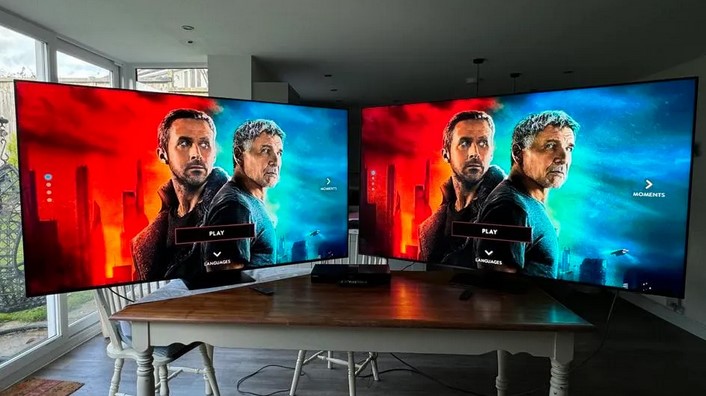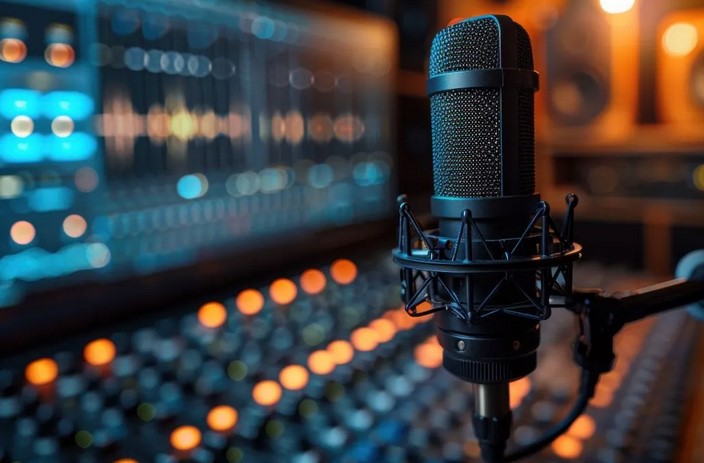
In the world of affordable yet high-quality televisions, TCL stands out as a popular choice for many consumers. But who makes a TCL TV? This question often arises when shoppers are trying to understand the brand’s origin and whether it is a reliable investment. TCL, one of the leading names in global electronics, has built a reputation for providing a wide range of televisions that cater to various budgets and preferences. In this article, we’ll dive into the history of TCL, its manufacturing practices, and the innovative technologies it brings to your living room.
The Rise of TCL in the TV Industry
A Look at TCL’s Background
TCL, which stands for The Creative Life, is a Chinese multinational electronics company headquartered in Huizhou, Guangdong, China. Founded in 1981, the company has grown to become one of the largest television manufacturers in the world. Initially focusing on producing audio products like radios, TCL expanded into the TV market in the early 1990s, eventually making a name for itself with its budget-friendly televisions that didn’t compromise on quality.
TCL made a significant leap in the 2000s with aggressive strategies in production, distribution, and global expansion. By 2014, it became the second-largest TV brand globally by volume, after Samsung, and its success continued to soar. Today, TCL is not only a leader in the television industry but also in consumer electronics such as smartphones, air conditioners, and home appliances.
Expansion Into the U.S. and Global Markets
TCL’s entry into the American market is a testament to its commitment to becoming a dominant global player. After partnering with other global brands and opening manufacturing facilities in countries like Mexico and Poland, TCL was able to tap into international markets at competitive prices. The company was quick to respond to consumer demand for more advanced features such as smart technology and 4K resolution. With partnerships with well-known platforms like Roku and Google, TCL TVs have become a favorite choice for consumers looking for affordable smart TVs without compromising on performance.
Who Makes a TCL TV? Manufacturing and Partnerships
The Core of TCL’s Manufacturing
When asking who makes a TCL TV, it is important to know that TCL is not solely responsible for every component. The company works with a network of suppliers and manufacturers across the globe to ensure that its TVs meet international standards. TCL’s TVs are primarily manufactured in China, where the company owns state-of-the-art factories. These facilities use cutting-edge technology to produce millions of units every year, which are then shipped globally.
However, TCL doesn’t rely solely on in-house production for every aspect of its TVs. Key components such as display panels, processors, and operating systems come from other industry giants. For instance, many of TCL’s LCD and LED panels are sourced from companies like CSOT (China Star Optoelectronics Technology), a subsidiary of TCL, or other renowned manufacturers like Samsung and LG Display. Similarly, some TCL models use processing chips from companies like MediaTek, ensuring high-performance and smooth user experiences.
Strategic Partnerships: Roku and Google
One of the factors that set TCL apart from other brands is its strategic partnerships with leading tech companies. In the United States, TCL became synonymous with Roku TVs, which integrate Roku’s operating system directly into TCL’s displays. This collaboration allows TCL to offer smart TVs that provide an intuitive and user-friendly experience, making it easy for consumers to stream content from services like Netflix, Hulu, and Amazon Prime.
In addition to Roku, TCL also partners with Google for models that come with the Android TV operating system, offering access to a range of Google services, apps, and Google Assistant integration. These partnerships have made TCL TVs not just a product but a gateway to cutting-edge smart features that enhance the viewing experience.
The Technological Innovations Behind TCL’s TVs
Affordable Innovation
When you ask who makes a TCL TV, it’s essential to recognize that TCL blends innovation with affordability. As consumers demand more features in their entertainment systems, TCL continues to innovate with advanced technologies that challenge higher-priced competitors in the industry.
For instance, many of TCL’s mid-range and high-end models come equipped with 4K Ultra HD resolution, offering sharp images and stunning clarity. TCL has also embraced HDR (High Dynamic Range) technology, which enhances contrast and color accuracy, giving consumers a more vibrant viewing experience. The company even offers models with QLED (Quantum Dot LED) technology, which rivals some of the best premium televisions in terms of color quality and brightness.
TCL’s commitment to affordability and quality means that even on a budget, consumers can enjoy these advanced features. This combination of cutting-edge tech at a competitive price is one of the reasons why TCL has been able to consistently grow its market share over the years.
Smart TV Functionality
Beyond resolution and picture quality, TCL has been at the forefront of integrating smart TV functionality into its products. The inclusion of Roku and Google TV platforms has made TCL a favorite among users who appreciate ease of use, a wide selection of apps, and seamless streaming experiences. Additionally, TCL’s smart TVs come equipped with voice control features, allowing users to operate their TVs hands-free via remote controls or smart home devices like Amazon Alexa or Google Assistant.
In terms of user interface, TCL’s smart TVs have user-friendly navigation and often come with customizable home screens, providing easy access to streaming apps, inputs, and settings.
Conclusion: Understanding Who Makes a TCL TV
When asking who makes a TCL TV, it’s clear that the company itself plays a major role in designing, producing, and distributing these popular entertainment systems. However, TCL’s success is not built in isolation. The collaboration with top-tier component suppliers and tech giants like Roku and Google has played a pivotal role in TCL’s ability to offer affordable, high-quality products to a global market.
In conclusion, TCL is not just a brand but a symbol of how affordable technology can meet the demands of modern consumers. By combining innovation, competitive pricing, and global partnerships, TCL has managed to position itself as a leader in the TV industry, offering consumers a wide array of smart, high-performance televisions. Whether you’re looking for 4K resolution, HDR, or seamless integration with streaming services, TCL provides the ideal balance of quality and value. So, the next time you ask who makes a TCL TV, remember that it’s not just a single entity; it’s a combination of skilled engineering, strategic alliances, and a commitment to excellence in consumer electronics.

